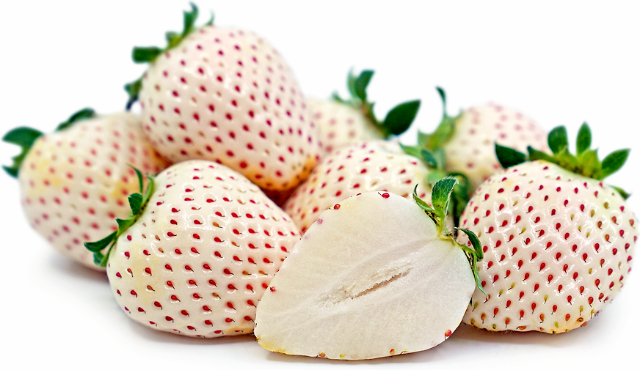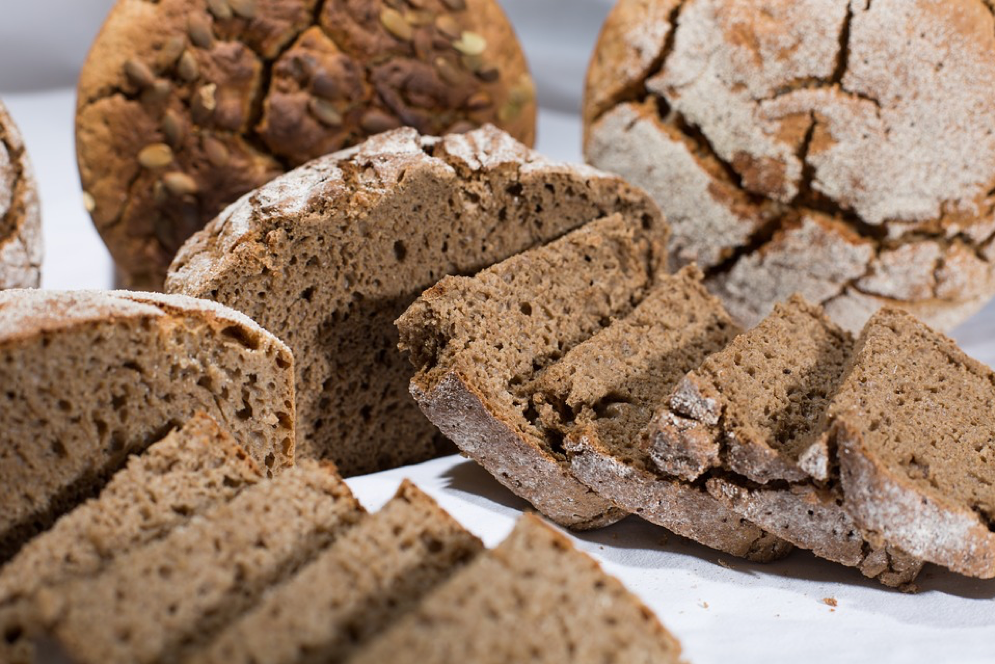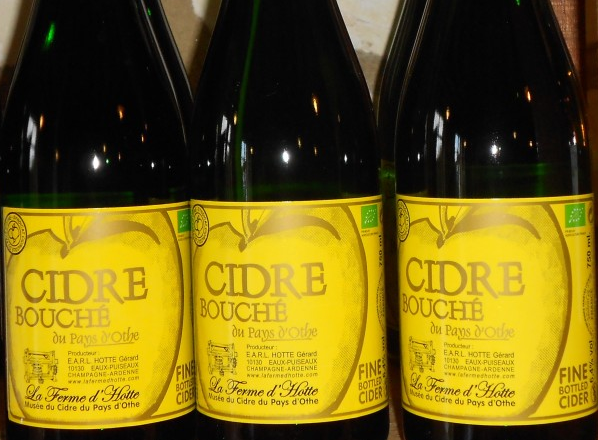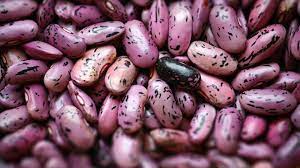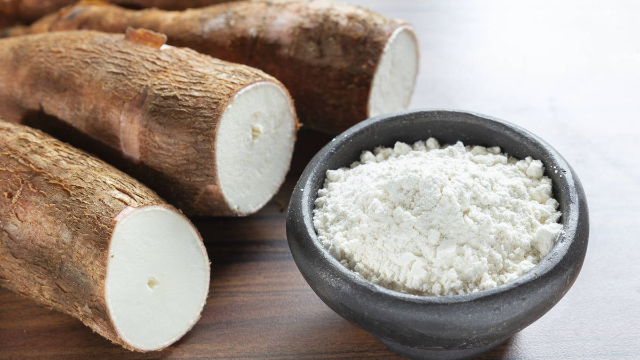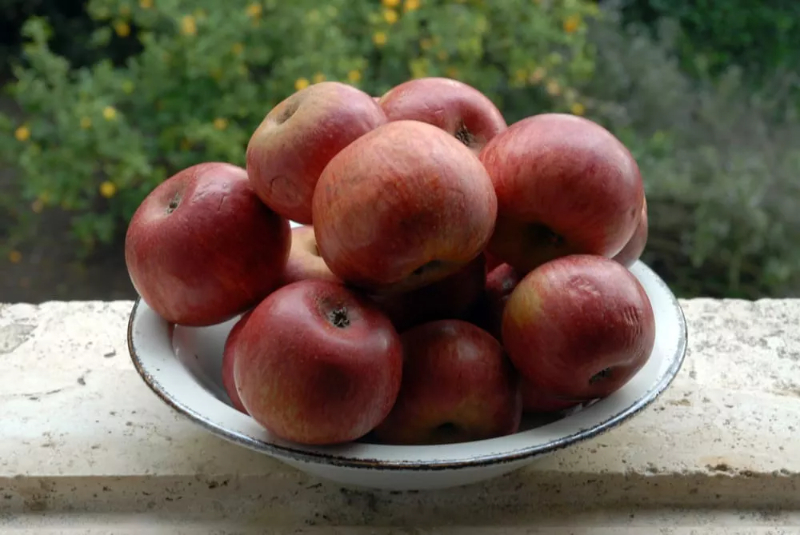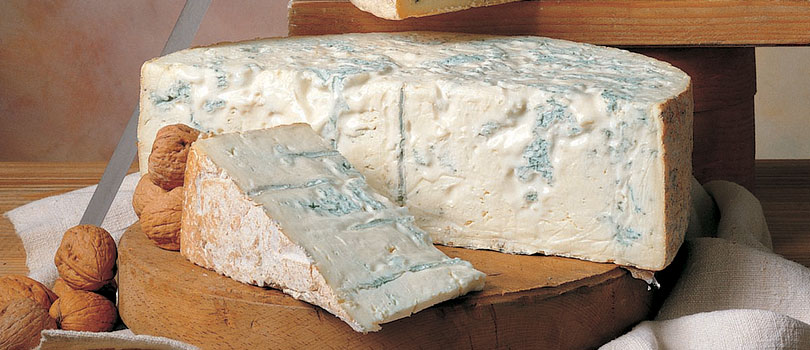The size and color of a ping-pong ball, the rare frutilla blanca grows only in about 20 gardens on the steep forested slopes of the Nahuelbuta mountain range. It has a sugary flavor and a pineapple-like scent that makes it completely different from traditional strawberries. It is also an ancestor of the common strawberries grown in gardens.The Mapuche, an indigenous people of Chile, were the first to cultivate these pale white berries, which they call kelleñ. In addition to eating them raw, the Mapuche dried them as raisins, used them in the preparation of fermented chicha, and employed them as a traditional remedy. They also planted the white strawberries as traps to ambush the Spanish conquistadors, who were so fascinated by them that they transported them to fields as far away as Peru and Colombia.In 1714, a French secret agent named Amedée François Frézier brought five white strawberries to Europe. Three decades later, in Brittany, farmers crossed their offspring with the Virginia strawberry (Fragaria virginiana) from eastern North America, resulting in the garden strawberry (Fragaria × ananassa) we all know today.In a cruel twist of fate, the garden strawberry arrived in Chile in the 1830s and, over the decades, came to dominate local fields, endangering the cultivation that had thrived there for centuries.Today, the white strawberry is found only in the Chilean cities of Contulmo and Purén, where it is a rare delicacy that sells for 22,000 Chilean pesos (about $25) per kilo. Even in these two cities, you can only buy white strawberries during the short five-week harvest period between December and January. But their scarcity deserves a celebration: during the harvest, Contulmo and Purén host elaborate culinary festivals, using the white strawberries in kuchen cakes, preserves, and a sangria-like aperitif called clery.The plight of the frutilla blanca has also produced devoted advocates for its survival. Jairo Carvajal, a young agronomist graduate from Purén, comes from a family of white strawberry growers. "We need to make more people aware of it so that our growing tradition is not lost," he explains of his efforts to promote the fruit and experiment with innovative growing techniques. "Besides being a native species, this is also something very important for global conservation."Chilean frutilla blanca lovers hope that strawberries may one day follow a similar process to modern apples in grocery stores, which went through a long phase dominated by a few ultra-red varieties before a variety of alternatives and their green and gold-colored cousins helped diversify the market. Carvajal even claims that the sweet flavor of the white strawberry is far superior to that of the red strawberry. The rest of the world, he asserts, doesn’t really know what it is missing.
